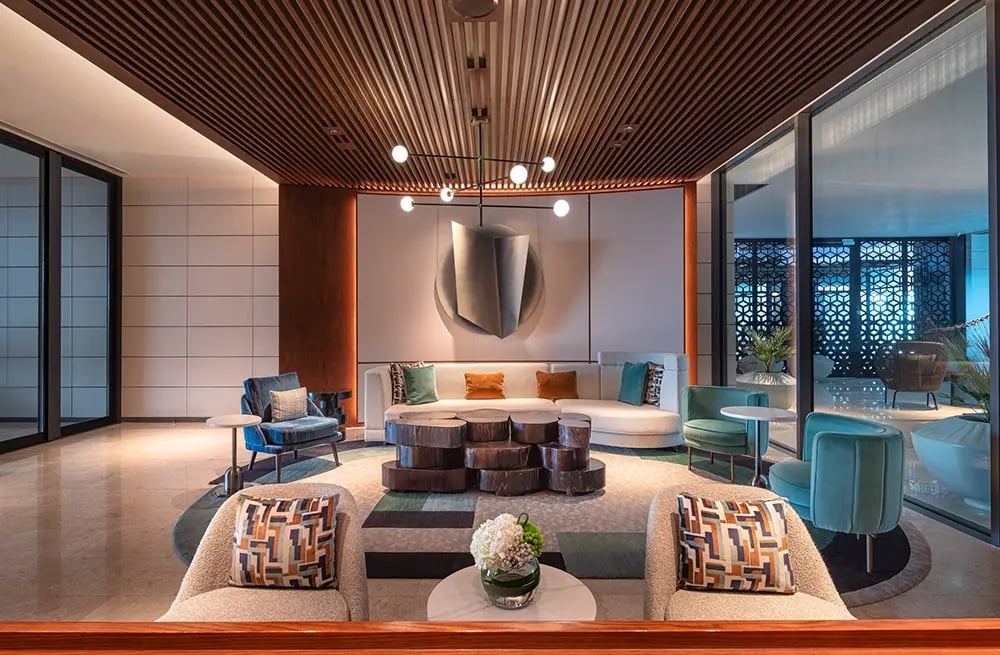Choosing the right materials for your residential fit-out can make all the difference in the look and feel of your home. The right selection can improve the space’s aesthetics, functionality, and durability. Choosing the best materials for your residential interior fit out ensures that you create a home that balances both beauty and practicality. Here’s how to choose the right materials:
Your overall design vision:
The first step in selecting materials for your fit-out understands your overall design vision. Whether you’re going for a contemporary, rustic, or minimalist aesthetic, the materials should complement your chosen style. For example, sleek finishes like glass, steel, and polished concrete are often used in modern designs, while natural woods and stone are ideal for a more traditional or earthy look. Aligning your material choices with your vision ensures a cohesive design throughout your home.
Consider durability and maintenance:
Durability and maintenance are important factors when selecting materials. Some materials may look beautiful but require frequent upkeep, while others are designed to withstand daily wear and tear. For example, marble countertops can offer a luxurious appearance but require regular sealing to maintain their condition, whereas quartz is low-maintenance and durable. It’s important to consider how much effort you’re willing to put into maintaining your materials in the long term, as well as their resistance to damage and ageing.
Budget and cost-effectiveness:
Your budget plays a significant role in determining which materials are suitable for your fit-out. High-end materials like natural stone or designer finishes can be costly, while more affordable alternatives can offer similar aesthetics at a fraction of the price. Materials such as engineered wood, laminate, or porcelain tiles are great cost-effective options that still provide a stylish look. Carefully balancing your aesthetic desires with your budget ensures you don’t overspend while still achieving the high-quality finish you want.
Functionality and space efficiency:
The materials you choose must also improve the functionality of your space. For instance, soft, plush carpets may be inviting in a living room but less ideal for high-traffic areas like kitchens or hallways. Consider materials that are practical for the specific functions of each room. For instance, ceramic tiles are perfect for wet areas like bathrooms, while hardwood floors can provide both beauty and longevity in living spaces. Ensure to consider the way each material will impact the flow and usability of your home.



